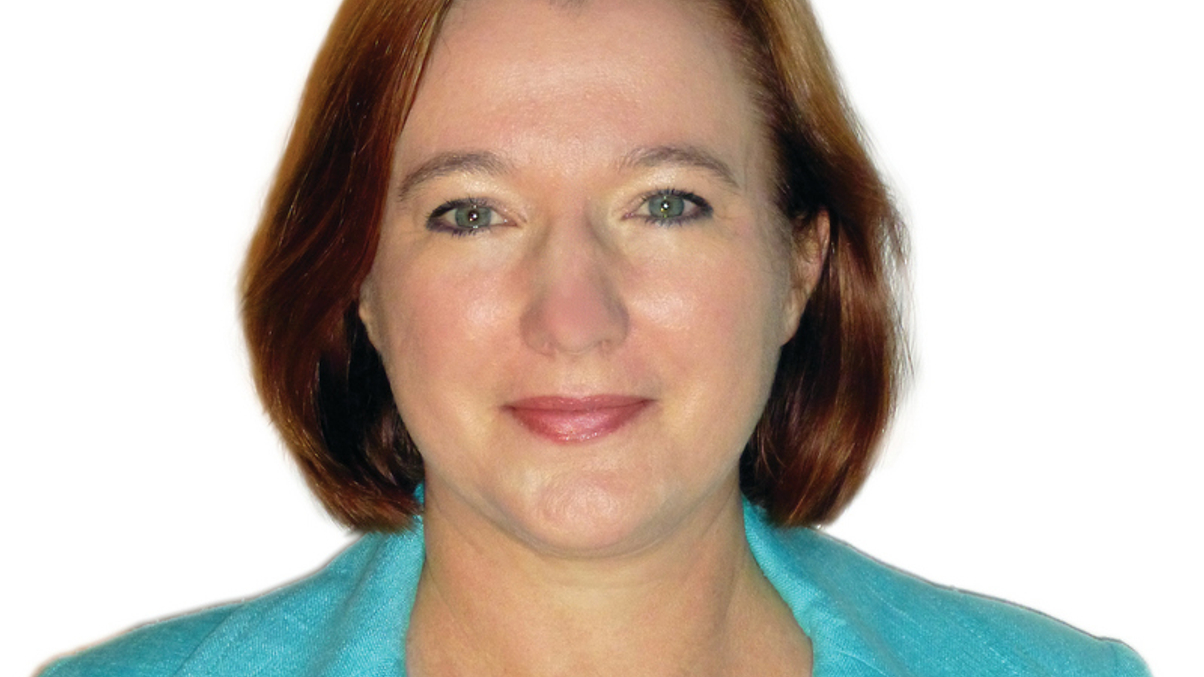Aussie pensions plan to boost hedge exposure
The country’s superannuation funds have not tended to be big investors in hedge funds, but the likes of HostPlus and Rest Super are looking to increase their allocations.

Australia’s superannuation funds such as HostPlus and Rest Super are looking at raising their allocations to hedge funds, despite their long-standing aversion to the level of fees charged*.
Sign in to read on!
Registered users get 2 free articles in 30 days.
Subscribers have full unlimited access to AsianInvestor
Not signed up? New users get 2 free articles per month, plus a 7-day unlimited free trial.
¬ Haymarket Media Limited. All rights reserved.


